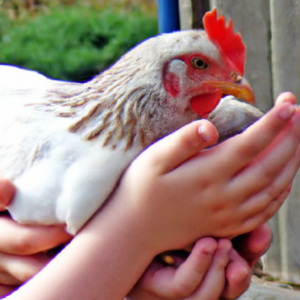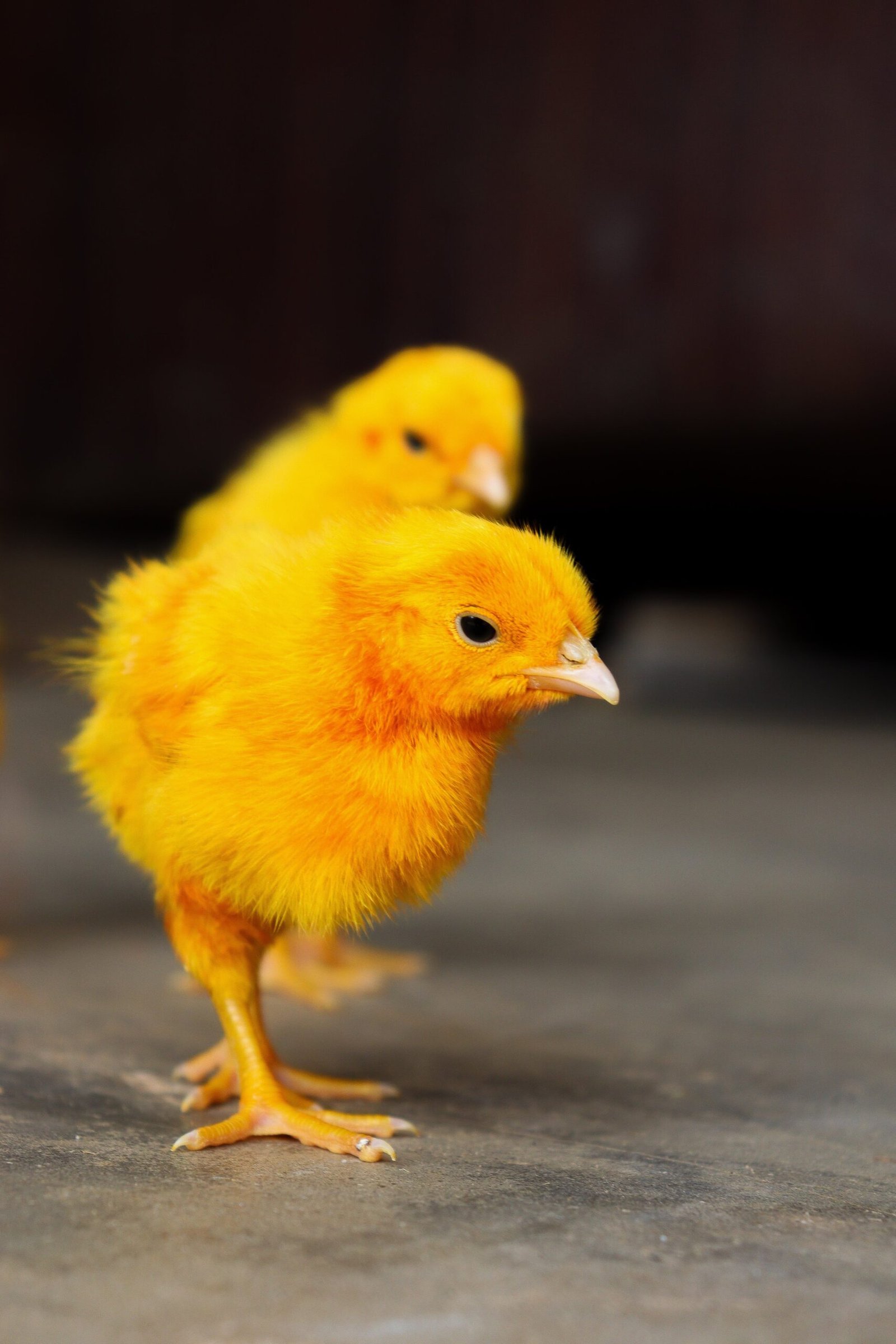
If you’ve ever wondered how to encourage your chickens to engage in their natural scratching and digging behaviors, look no further! Creating a chicken-friendly environment that allows them to exhibit these instinctive behaviors is essential for their well-being. From providing them with adequate space to roam and access to suitable substrate, to incorporating stimulating objects and activities, there are various simple yet effective ways to encourage your feathered friends to scratch and dig to their heart’s content. Keep reading to discover some practical tips and tricks that will have your chickens happily scratching and digging in no time!
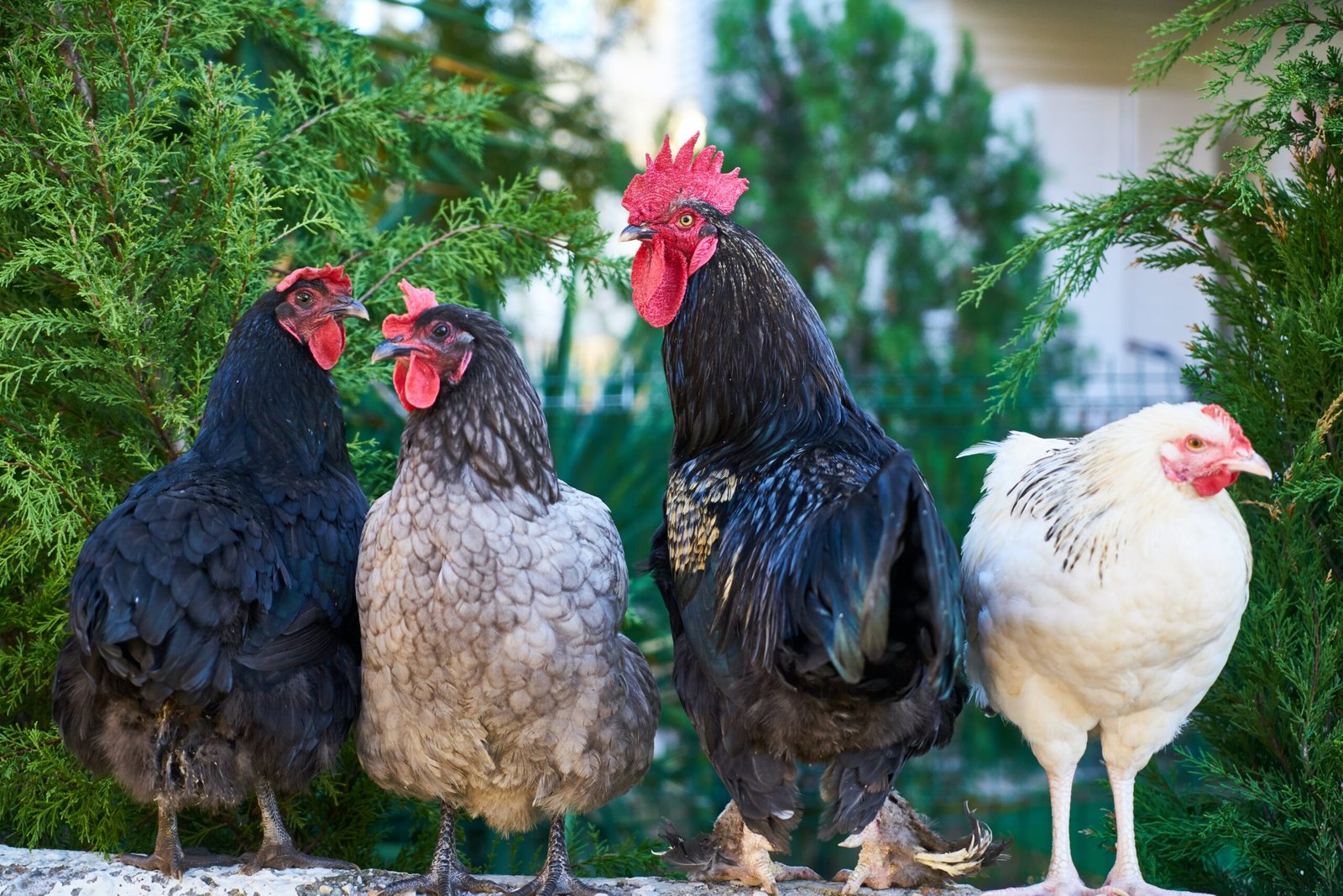
Provide the Right Environment
Ensure Adequate Space
Creating a suitable environment for chickens involves providing them with adequate space to move around and engage in natural behaviors. Chickens are active animals that require enough room to scratch, dig, and forage. Make sure their coop and outdoor run are spacious enough to allow for free movement. Providing enough space allows chickens to stretch their wings, dust bathe, and engage in social interactions. It also prevents overcrowding, which can lead to stress and aggression among the flock.
Provide Deep Litter
Deep litter refers to a bedding system that allows chickens to scratch and dig naturally. It involves using organic materials such as straw, wood shavings, or dried leaves to create a thick layer on the coop floor. As chickens scratch through the litter, they unearth insects, worms, and other tasty treats. This mimics their natural behavior of foraging for food in the wild. Deep litter also helps regulate humidity and provides insulation during colder months, keeping the chickens comfortable and promoting their natural instincts.
Offer Access to Outdoor Areas
Giving chickens access to outdoor areas is essential for promoting their natural scratching and digging behaviors. An outdoor run or yard allows them to explore, search for insects, and peck at the ground. This not only keeps them physically active but also provides mental stimulation. Outdoor spaces should be securely fenced to protect the chickens from predators and prevent them from wandering off. Creating a safe and secure environment encourages chickens to engage in natural behaviors without the risk of harm.
Create Dust Bathing Areas
Dust bathing is a crucial behavior for chickens as it helps them maintain their feather health and prevent parasites. By creating designated dust bathing areas, you encourage chickens to engage in this instinctive behavior. A dust bath can be as simple as a shallow box or pit filled with fine sand, dirt, or wood ash. You can also add diatomaceous earth, which helps control external parasites. Place these dust bathing areas in both the coop and outdoor space to ensure chickens have access to them throughout the day.
Offer Appropriate Substrates
Use Organic Materials
When selecting substrates for your chickens, opt for organic materials. Organic materials are safe for chickens to interact with and digest if accidentally consumed. They also mimic the organic matter they would encounter in their natural habitat. Examples of organic materials include straw, wood shavings, dried leaves, and grass clippings. Avoid using materials treated with chemicals, as these can be harmful to the chickens’ health.
Select Suitable Substrates
Choosing suitable substrates is essential for encouraging natural scratching and digging behaviors. Ideally, select substrates that are loose and easy for chickens to manipulate. Loose materials like straw, wood shavings, or sand allow chickens to scratch and dig without straining their legs or feet. These materials also provide opportunities for chickens to dust bathe and forage for food. Experiment with different substrates to find what your chickens prefer and respond to the most.
Provide a Variety of Texture
To keep your chickens engaged and stimulated, provide a variety of substrate textures. Chickens enjoy exploring and interacting with different surfaces. Incorporate substrates like gravel, pebbles, or even rubber mats into their environment. This helps mimic the diverse textures they would encounter when scratching and digging in nature. Adding different textures also promotes healthy foot and leg development, as chickens adapt to walking on various surfaces.
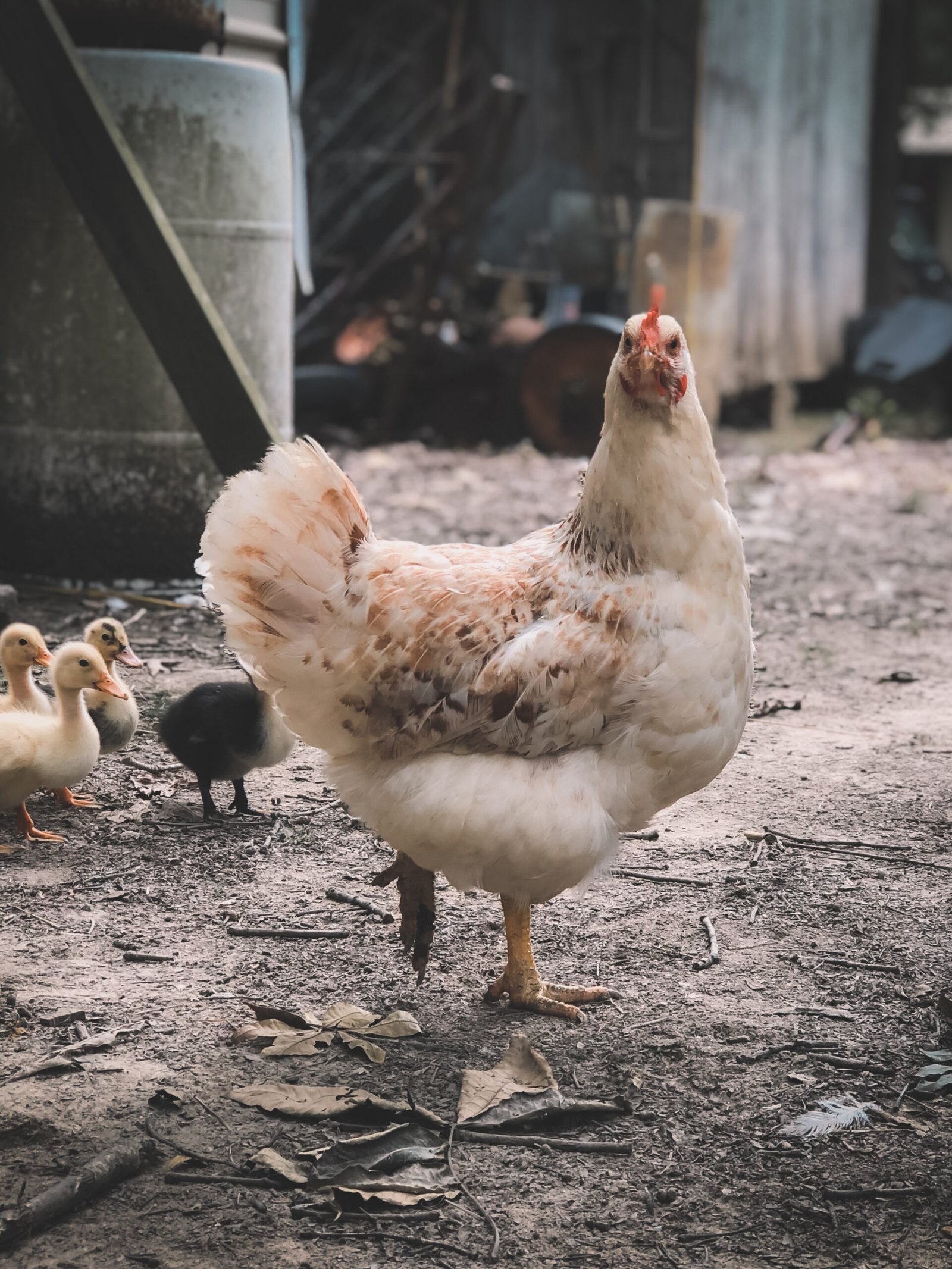
Introduce Stimulating Objects
Install Perches and Roosts
Perches and roosts are vital for promoting natural behaviors in chickens. They provide elevation, allowing chickens to observe their surroundings and roost at night. Perches should be placed at different heights and vary in diameter to mimic branches in the wild. This encourages chickens to exercise their leg muscles and engage their balancing instincts. Perches and roosts also contribute to a sense of hierarchy within the flock, as chickens establish their preferred spots.
Add Stumps or Logs
Including stumps or logs in the chicken’s environment provides additional opportunities for scratching and climbing. These natural objects offer varied surfaces for chickens to interact with and explore. Stumps and logs can also serve as perches, giving chickens a different vantage point to observe their surroundings. They add a rustic touch to the chicken’s living space while promoting their natural instincts.
Place Stones and Bricks
Stones and bricks are excellent additions to a chicken’s environment. They serve as obstacles and challenges, encouraging chickens to navigate and explore their surroundings. By placing stones and bricks strategically, you create natural barriers and pathways for chickens to maneuver around. These objects also mimic natural elements such as rocks or boulders that chickens would encounter in the wild, stimulating their instincts to explore and interact with the environment.
Include Vegetation or Pallets
Adding vegetation or pallets to the chicken’s environment offers additional stimulation and diversity. Live plants provide shade, shelter, and natural foraging opportunities as chickens peck at leaves and insects. Pallets, on the other hand, can be used as platforms or shelters. Vegetation and pallets enhance the overall visual appeal of the chicken’s environment while fostering natural behaviors.
Encourage Foraging Behavior
Scatter Food in the Yard
Foraging is a natural behavior for chickens, and scattering food in the yard encourages them to engage in this instinctive behavior. Rather than simply placing food in a feeder, distribute it across the outdoor area. This forces chickens to actively search and peck for their food, just as they would in the wild. Scatter a mix of grains, vegetable scraps, and mealworms to provide a diverse foraging experience. This not only keeps chickens mentally stimulated but also promotes physical exercise as they move around in search of food.
Use Slow Feeder Systems
Slow feeder systems are designed to prolong the time it takes for chickens to consume their food. They mimic the process of natural foraging, where chickens would spend significant time searching for and pecking at their food. Slow feeder systems come in various forms, including specially designed feeders and DIY projects. These systems challenge chickens to use their natural instincts and work for their food, fostering mental and physical well-being.
Hide Treats in Enrichment Objects
Introducing enrichment objects with hidden treats is an effective way to encourage foraging behavior in chickens. These objects can be as simple as cardboard boxes or PVC pipes, filled with treats such as mealworms or dried fruits. By hiding the treats inside, chickens are motivated to explore, peck, and interact with the objects, mimicking natural foraging behaviors. This not only provides mental stimulation but also satisfies their natural drive to search for food.
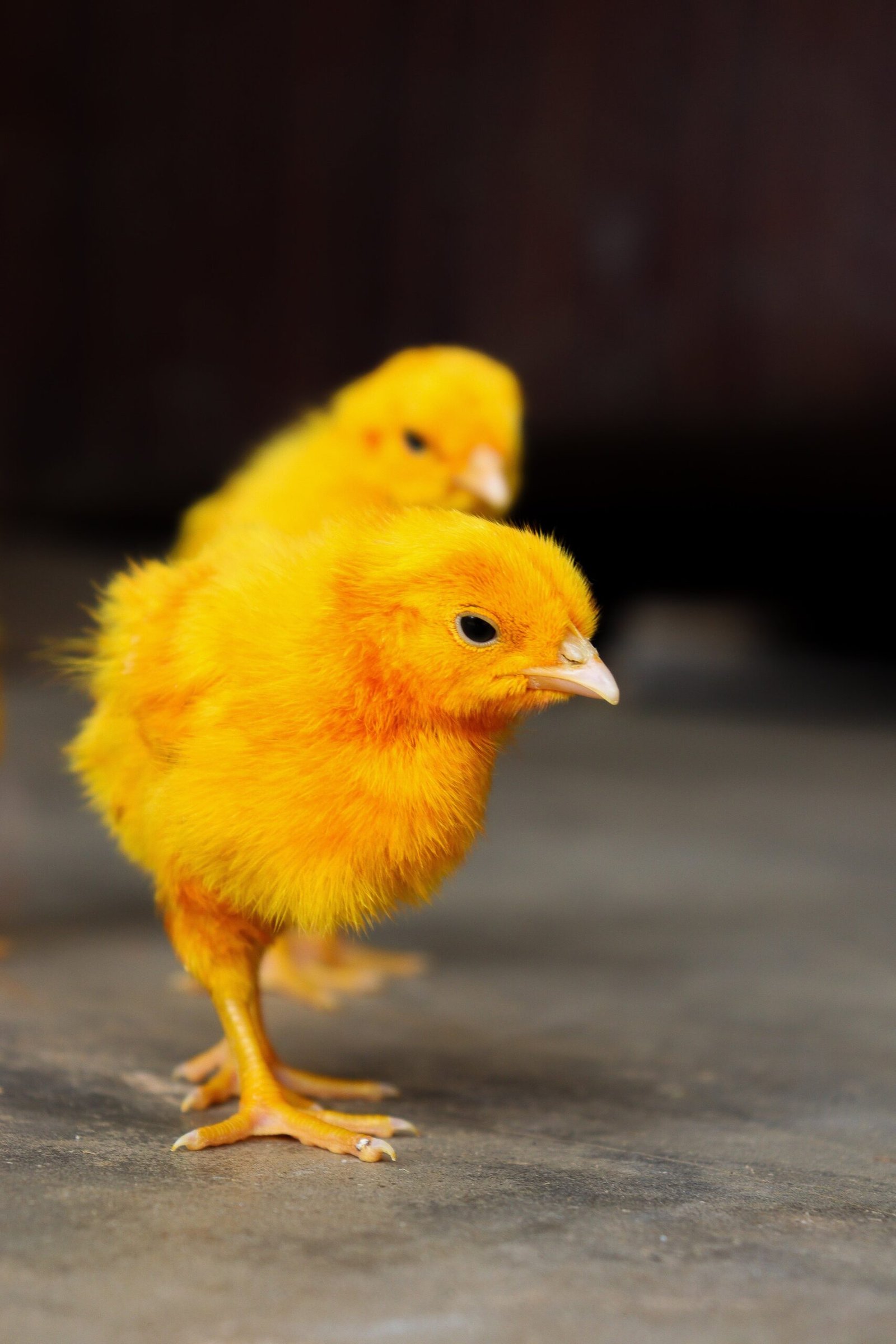
Implement Feeding Strategies
Use Food Balls or Dispensers
Food balls or dispensers are interactive feeding tools that require chickens to actively engage in retrieving their food. These devices can be filled with grains or pellets, and as the chickens peck at them, small amounts of food are released. Food balls or dispensers challenge the chickens’ coordination and problem-solving skills while encouraging natural feeding behaviors. They also slow down the eating process, preventing overconsumption and promoting a healthier diet.
Hang Vegetables from Strings
Hanging vegetables from strings is a simple yet effective way to provide entertainment and encourage natural feeding behaviors in chickens. By suspending vegetables like cabbage or lettuce, chickens are motivated to peck and tear away at the hanging food. This mimics the way they would forage and pluck vegetation in the wild. Hanging vegetables also provide enrichment and physical exercise as chickens stretch and reach for their food.
Provide Boredom Buster Toys
Boredom buster toys are specifically designed to keep chickens mentally engaged and entertained during feeding times. These toys come in various forms, such as treat puzzles or feeder balls. They require chickens to manipulate the toy to access the food. Boredom buster toys stimulate problem-solving skills and encourage natural feeding behaviors. They also prevent boredom and help reduce stress or aggressive behaviors that can arise from a lack of mental stimulation.
Mimic Natural Instincts
Observe Natural Scenarios
Observing natural scenarios and replicating them in your chicken’s environment can lead to a more enriching experience. For example, place fallen branches or logs in the yard to mimic natural perches or hiding spots. Create mounds of dirt or small hills for chickens to climb and explore. By observing the natural behaviors and environments of chickens in the wild, you can recreate them on a smaller scale, promoting their instinctive behaviors.
Create Temporary Garden Beds
Creating temporary garden beds within the chicken’s outdoor area provides both enrichment and a fresh source of vegetation. Fence off small garden beds and rotate them periodically, allowing the chickens to access and forage in different areas of the yard. Plant a variety of herbs, leafy greens, or edible flowers that chickens can peck at and explore. Temporary garden beds provide chickens with the opportunity to engage in natural scratching, pecking, and grazing behaviors.
Rotate Access to Different Areas
To mimic the natural instinct of exploration, rotate the chickens’ access to different areas of their outdoor space. This prevents them from becoming too familiar with their surroundings and encourages them to investigate new environments regularly. Dividing the yard into sections and rotating access every few weeks keeps the chickens mentally stimulated and prevents them from becoming bored or complacent.
Promote Social Interaction
Encourage Group Dynamics
Chickens are social animals that thrive in the company of their flock members. Encouraging group dynamics and social interaction is essential for their well-being. Provide enough space for chickens to gather, roost, and move around comfortably. Avoid overcrowding, as it can lead to stress and aggression. A harmonious flock promotes natural behaviors, as chickens learn from one another and engage in activities such as preening, dust bathing, and exploring together.
Provide Companionship
Companionship plays a crucial role in promoting natural behaviors in chickens. If possible, keep chickens in small groups or pairs rather than solitary confinement. This allows them to establish social hierarchies, communicate, and engage in natural behaviors such as grooming and roosting together. Providing appropriate companionship reduces stress, loneliness, and promotes a healthier overall environment for your chickens.
Organize Coop and Pen Layout
The layout of the coop and pen can significantly impact social interaction among chickens. Arrange perches, roosts, and feeding stations in a way that allows multiple chickens to access them simultaneously without competition or aggression. Create enough hiding spots and areas for chickens to retreat if needed. A well-organized layout ensures fair access to resources, minimizes stress, and promotes natural social interactions within the flock.
Reduce Boredom and Stress
Offer Toys and Puzzles
Offering a variety of toys and puzzles in the chicken’s environment is an excellent way to reduce boredom and stress. Toys can include hanging objects, mirrors, or even simple items like empty plastic bottles or balls. Puzzles can involve treat puzzles or challenges that require chickens to manipulate objects to access food. By providing these interactive elements, you keep chickens mentally stimulated and prevent boredom-related behaviors such as feather picking or aggression.
Change the Environment Regularly
A static environment can quickly become dull for chickens. To keep them engaged and prevent boredom, regularly change elements in their coop and outdoor space. Rearrange perches, roosts, and toys to create new challenges and promote exploration. Introduce different substrates, plants, or objects to stimulate curiosity and natural behaviors. Changing the environment regularly keeps chickens mentally active and prevents them from falling into a monotonous routine.
Minimize Loud Noises and Disturbances
Chickens are sensitive to loud noises and sudden disturbances, which can cause stress and anxiety. Minimize the presence of loud machinery, excessive human activity, or other potential stressors near the chicken’s environment. Maintaining a calm and peaceful atmosphere reduces stress levels and promotes the expression of natural behaviors. This allows chickens to feel safe and secure, leading to overall better well-being.
Use Positive Reinforcement
Reward Desired Behaviors
Positive reinforcement is a powerful tool for encouraging natural behaviors in chickens. Whenever chickens engage in desired behaviors, such as scratching, dust bathing, or foraging, provide immediate rewards. Rewards can be in the form of healthy treats, verbal praise, or even gentle pets. By associating these behaviors with positive experiences, chickens are more likely to repeat them. Positive reinforcement strengthens the bond between chickens and their caretakers while promoting their natural instincts.
Utilize Clicker Training
Clicker training is a training method that utilizes a small handheld device called a clicker to mark desired behaviors. When a chicken performs a natural behavior you want to encourage, such as scratching or digging, quickly follow it with a click sound and immediately provide a reward. Repeat this process consistently, and the chicken will learn to associate the click with a positive outcome. Clicker training helps reinforce natural behaviors, making them more likely to occur.
Implement Treat Training
Treat training involves using treats as rewards for desired behaviors. When chickens engage in natural behaviors, such as scratching or dust bathing, provide them with a reward. This can be a small treat they enjoy or even a piece of their regular feed. By linking natural behaviors with rewards, chickens are motivated to repeat those behaviors in the hopes of receiving a treat. Treat training helps promote positive behaviors and strengthens the bond between chickens and their caretakers.
Monitor Health and Safety
Check for Parasites
Regularly checking your chickens for parasites is essential for their health and well-being. Parasites such as mites and lice can cause discomfort, stress, and various health issues. Inspect your chickens’ feathers, skin, and coop regularly for signs of infestation. If parasites are detected, promptly treat the affected chickens and their environment with appropriate solutions. Maintaining good parasite control contributes to the overall health and comfort of your chickens, ensuring they can engage in natural behaviors without interference.
Ensure Proper Nutrition
Proper nutrition is crucial for chickens to express natural behaviors and maintain good overall health. Provide a balanced diet that includes a mix of grains, vegetables, fruits, and protein sources. Ensure access to fresh water at all times. A healthy diet supports strong bones, feathers, and immune function, allowing chickens to engage in natural behaviors without hindrance. Consult with a poultry nutritionist or veterinarian to ensure your chickens’ diet meets their specific needs.
Maintain Cleanliness
Maintaining cleanliness in the coop and outdoor space is vital for the health and happiness of your chickens. Regularly clean the coop, removing soiled bedding, droppings, and any debris that may harbor bacteria or attract pests. Keep the outdoor area free from excessive waste accumulation and regularly rake or remove spoiled vegetation. A clean environment reduces the risk of disease, provides comfort for chickens, and encourages the expression of natural behaviors.
Secure the Perimeter
Securing the perimeter of the chicken’s environment is essential for their safety and well-being. Regularly inspect fences, doors, and any other barriers to ensure they are secure and free from gaps or weaknesses that predators could exploit. Implement predator-proof measures such as buried wire mesh or electric fencing if necessary. By maintaining a secure perimeter, you create a safe environment that allows chickens to engage in natural behaviors without fear or risk of predation.
In conclusion, encouraging natural scratching and digging behaviors in chickens requires providing the right environment, offering appropriate substrates, introducing stimulating objects, encouraging foraging behavior, implementing feeding strategies, mimicking natural instincts, promoting social interaction, reducing boredom and stress, using positive reinforcement, and monitoring health and safety. By considering each of these aspects, you can create an enriching and fulfilling environment for your chickens, allowing them to express their natural instincts and behaviors to the fullest.

